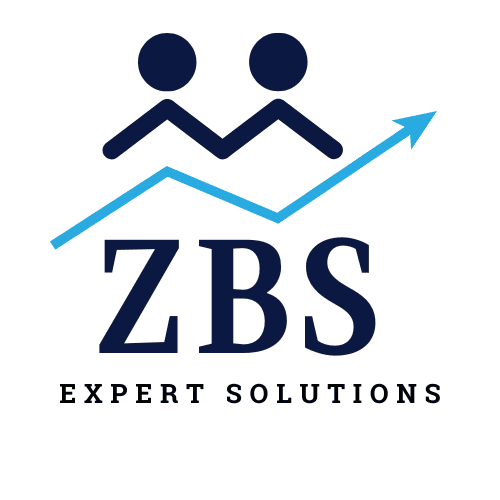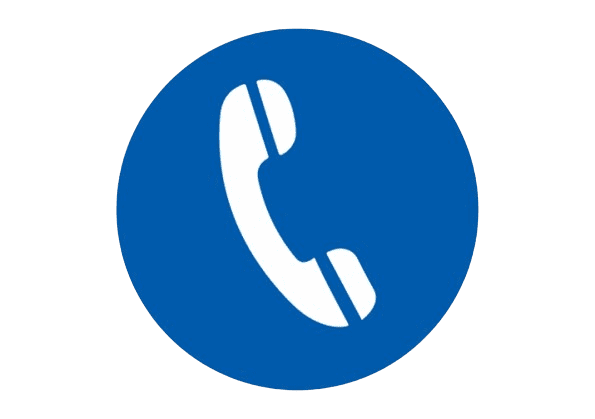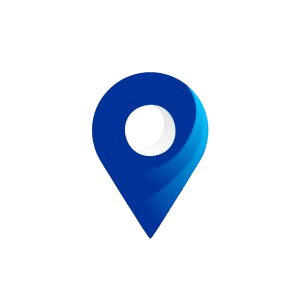
Recruitment has undergone a digital transformation in recent years, and one of the most significant advancements has been the adoption of SaaS-based applicant tracking systems (ATS). These cloud-powered tools are now essential for companies of all sizes—particularly small to mid-sized businesses—looking to streamline their hiring processes and attract top talent efficiently.
This blog delves into what SaaS-based ATS platforms are, how they work, and why they’re a smart investment for modern recruitment strategies.
What Is a SaaS-Based Applicant Tracking System?
An applicant tracking system is software designed to manage the end-to-end recruitment process. From job posting and candidate screening to interview scheduling and onboarding, an ATS automates repetitive tasks and improves hiring accuracy.
Key Features of SaaS-Based ATS Platforms
1. Cloud Accessibility
Because SaaS ATS platforms are cloud-based, users can access them from anywhere, anytime. This flexibility allows HR teams, hiring managers, and even external recruiters to collaborate seamlessly—whether they're in the office or working remotely.
2. Customisable Workflows
Modern SaaS applications allow custom hiring pipelines tailored to different roles. Whether you're recruiting for entry-level positions or executive roles, you can define each stage of the recruitment journey to suit your company’s unique needs.
3. Automated Resume Screening
Many SaaS-based applicant tracking systems use artificial intelligence or keyword-based filters to automatically shortlist resumes. This helps HR teams sift through hundreds of applications quickly, ensuring that only the most relevant candidates move forward.
4. Integrated Job Posting
An ATS can post jobs across multiple platforms—including job boards, company websites, and social media channels—with just a few clicks. This eliminates the need to manage listings on different platforms manually.
5. Candidate Relationship Management (CRM)
Many SaaS-based ATS platforms now include CRM-like features. You can store candidate profiles, track engagement, and even build talent pools for future hiring needs.
6. Reporting and Analytics
Real-time data and insights are critical to effective recruitment. SaaS ATS tools often come with dashboards that highlight time-to-hire, cost-per-hire, and source effectiveness, enabling smarter decision-making.
Benefits of Using SaaS Applications for Recruitment
1. Scalability
A major advantage of SaaS is that it's easily scalable. Whether you're hiring five people a year or fifty, you can adjust your subscription plan accordingly. This makes SaaS-based ATS tools suitable for startups, SMEs, and larger enterprises alike.
2. Cost-Efficiency
With SaaS, there are no upfront hardware or software costs. You pay a monthly or annual fee, which typically includes software updates, customer support, and access to all features. For companies watching their budgets, especially small businesses, this model offers predictability and value.
3. Faster Time-to-Hire
Automation and streamlined workflows significantly reduce hiring times. From posting jobs to sending offer letters, every step is faster with a SaaS-based ATS, helping you secure top talent before your competitors.
4. Improved Candidate Experience
An intuitive and responsive application process improves your employer brand. Candidates can apply quickly, receive timely updates, and communicate easily with recruiters—leading to higher satisfaction and better retention rates.
5. Data Security and Compliance
Most modern SaaS applications follow stringent data security protocols and comply with local hiring laws, including data protection regulations. This is especially important when storing sensitive candidate information.
Common Use Cases for SaaS-Based ATS
- In-house HR teams looking to improve hiring processes
- Recruitment agencies managing multiple client accounts
- Startups building their first hiring pipeline
- Remote teams needing centralised access to hiring data
- Franchise businesses managing decentralised recruitment
Popular SaaS-Based ATS Platforms
- Several platforms dominate the market, offering a wide range of features and pricing options:
- Workable – Great for SMEs with a user-friendly interface
- Breezy HR – Known for visual pipelines and automation
- JobAdder – An Australian favourite with CRM functionality
- Greenhouse – Preferred by tech companies for its analytics
- Zoho Recruit – Ideal for agencies and corporate HR teams
Each of these SaaS applications caters to different business needs, so it’s crucial to assess which features align with your hiring goals.
What to Consider When Choosing a SaaS ATS
Before investing in a SaaS-based applicant tracking system, ask yourself:
- Is the interface easy for my team to use?
- Can it integrate with my existing HR and payroll tools?
- Does it support the job boards and social media platforms I use?
- What kind of support and training does the vendor provide?
- Are there limitations on the number of users or job listings?
A free trial or demo can help you determine whether a platform meets your business’s recruitment needs.
Final Thoughts
In today’s competitive talent landscape, businesses can no longer afford to rely on outdated, manual hiring processes. A SaaS-based applicant tracking system offers the automation, scalability, and efficiency needed to keep up with the fast-paced world of recruitment.
With powerful SaaS applications, you’re not just simplifying your hiring process—you’re building a more organised, candidate-friendly, and data-driven approach to growing your team. Whether you're a growing startup or an established business, making the switch to a cloud-based ATS could be the hiring solution you’ve been looking for.




